I can only speculate as to why all of these original sources have apparently disappeared. I can say, however, that removing those sources has not removed the claim from the internet. A Google search on "Roman sword Nova Scotia" still returns over 700,000 results; "Roman sword Oak Island" returns over 4 million. Although some of the highest ranked hits are skeptical blog posts by me, Carl Feagans, and Jason Colavito, the sources reporting the claim as a credible one predominate.
Clearly, the claim lives on. Someone searching for information about the purported "Roman sword" online will be shown numerous articles that breathlessly and uncritically report the central components of Hutton Pulitzer's claim: the shipwreck origins story, the nonspecific XRF results, the verification of the sword by a "Roman antiquities authority," the other evidence of a Roman occupation of Oak Island, etc. In this January 2016 Ancient Origins article we even get a part of Pulitzer's rebuttal to the growing number of swords that were being documented :
"The Roman sword found off Oak Island is believed to be part of a rare set of votive swords. Four similar swords having been recovered and verified, now in private collections and museums, including the Museum of Naples, Italy, which issued cast iron replicas of the sword. Many replicas of these rare swords can now be found on websites such as eBay and Amazon."
You will notice that the Ancient Origins article is completely unbalanced: it does not challenge the key elements in any real way, and it does not cite or quote any part of the contemporary evidence and analysis that suggested the sword claim was incorrect. Many many sources questioning the sword claim were available when the article was written, and yet none is included. This article is one of the top search results.
The claim remains in other places as well. If you have the time, I recommend you listen to the entirely of this February 2016 interview of Hutton Pulitzer on Earth Ancients. In addition to a full-throated defense of the sword, Pulitzer describes his other evidence for the ancient Roman occupation of Oak Island, communicates his expansive, world-wide research agenda, and teases the publication of the elusive "white paper" and multiple books that will explode all of our outdated ideas about history. He concludes with these remarks:
"I'll take the heat. They can call me names. I will not back down. And we'll all do this together. . . . This is a war for truth, folks, and we need warriors for truth. You have to fight this battle and not let the system suppress it."
But, nevertheless, the claims about the "Roman sword from Nova Scotia" remain extant and active as long as the original articles and interview videos continue to be available. And as long as the claim is active, our engagement with that claim must also remain available.
If you're so inclined, I invite you to donate some material support to the effort to keep the counter-claim alive and accessible.

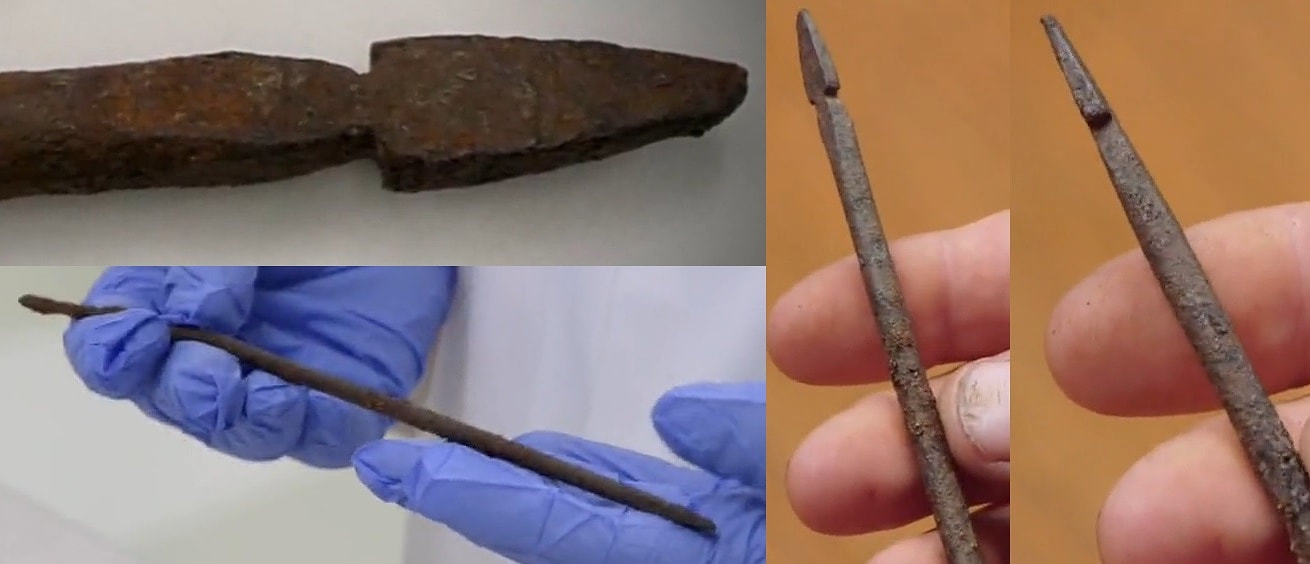
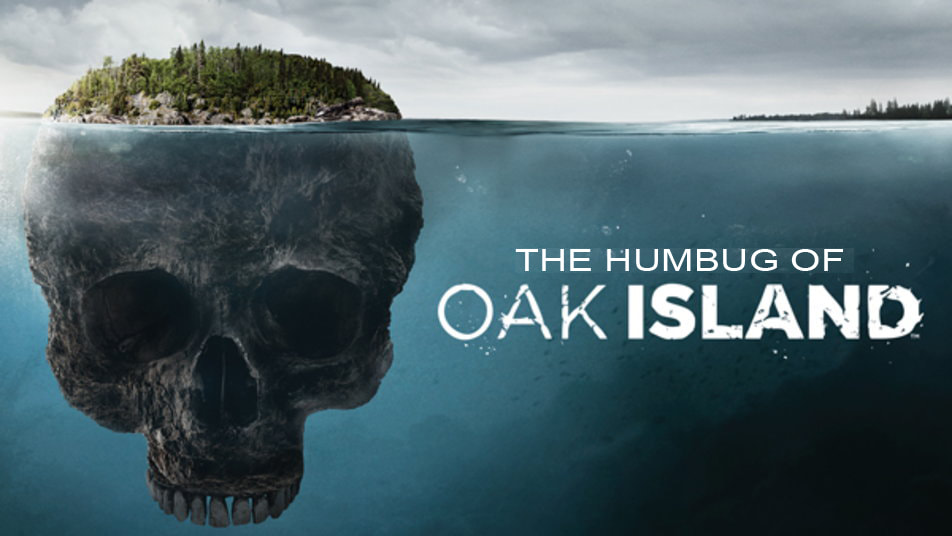

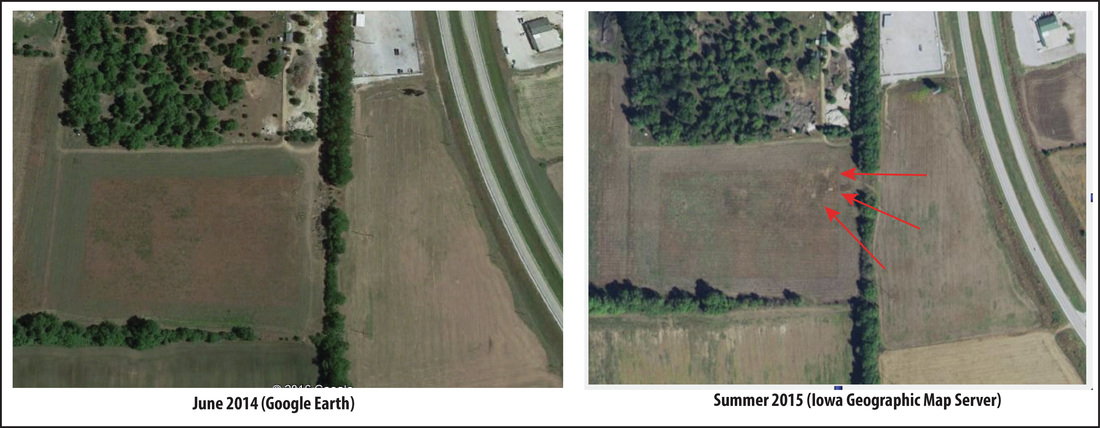
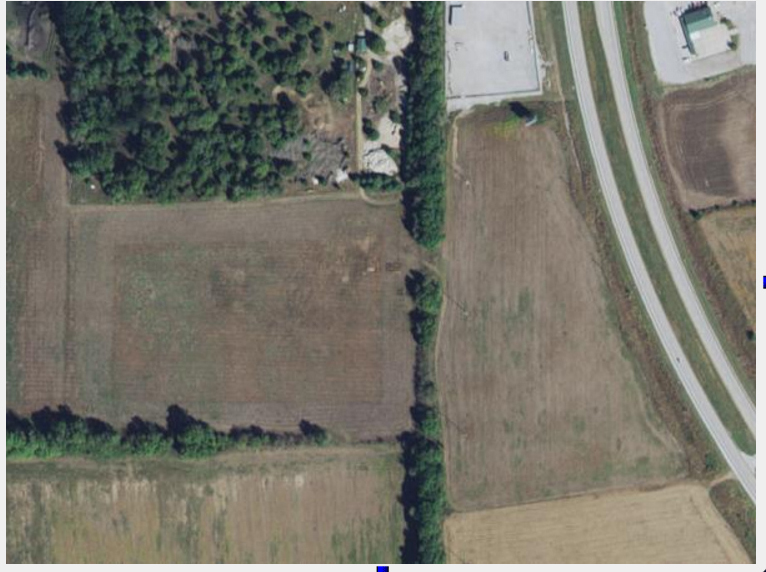
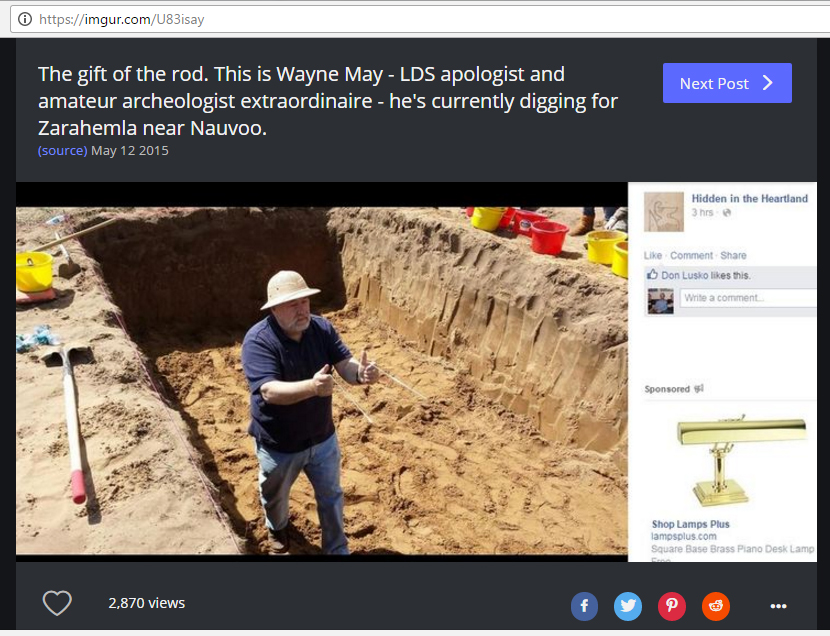


 RSS Feed
RSS Feed
